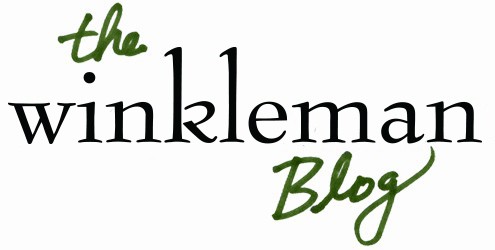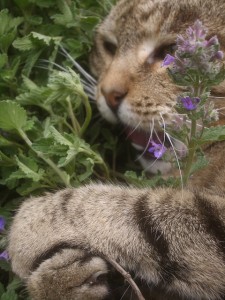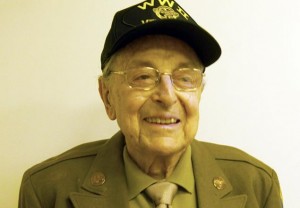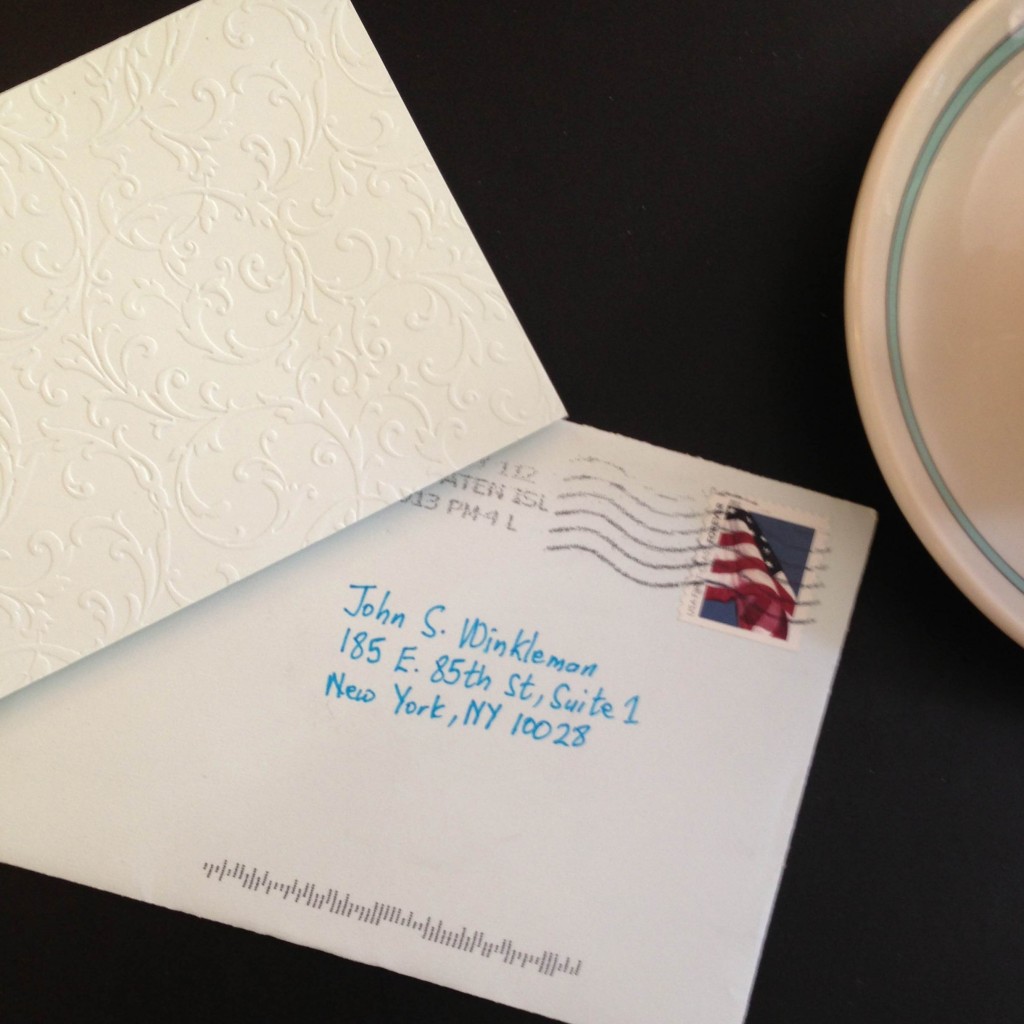When acting in a PR capacity, many people struggle with the problem of finding stories. Every organization wants press – but what strikes you as newsworthy about your operation might not seem quite so fresh to a journalist. Where, then, do you find something to pitch?
One option, of course, is to make the story happen yourself. If nothing new is going on, think of the kind of story you’d like to read and guide the organization toward it. Sometimes this works out and sometimes it doesn’t. But the best kinds of stories are the ones that serve themselves up organically – complete and irresistible, like catnip for journalists, and never where you expect to find them.
Just because the best stories happen by accident doesn’t mean you’ll find them by accident, though. Our colleague Roberta makes a point of visiting clients as often as possible, learning everyone’s name from the reception room to the boardroom, and stopping to chat. She calls it “walking the corridor.”
Even if it’s easier and more convenient to conduct all your business over the phone or via email, those intentional channels only bring you the first kind of story: the ones that you and your client expect. The real gold only ever comes to you when you’re not (appearing like you are) looking for it. It’s like keeping your eyes in a softer focus to look for new patterns, or, as Ann Handley puts it, “seeing content moments everywhere.”
One of Roberta’s stories, for example, was a grade-A “people story” about a resident at a client’s elder care facility. A veteran of World War II, this gentleman took public transit by himself into Manhattan at the ripe old age of 90, in his old uniform, to help out at the Occupy Wall Street protests. Incredibly, nobody knew about it until he mentioned it to Roberta while she was on-site! He simply never thought to tell anyone, because he wasn’t involved in the traditional PR loop – Roberta just happened to be there when he shared the story of his experiences. It ended up widely reported and shared.
Of course, many trips don’t include such wonderful gifts of stories wrapped up with bows. They’re a bonus, not an expectation, but you have to be in the right place at the right time. Besides, you can never have too many friends. So the next time you’re stuck for a story, don’t go back to the drawing board – walk the corridor and chat with the folks at the water cooler instead.



